A man walks into a bar. He orders a steak.
The steak is perfect. In fact, it’s the best steak he’s ever had. It is exquisitely cooked, served with the best side dishes he’s ever tasted. He Instagrams almost every bite.
The next day at work, he tells his coworkers about the amazing meal he had last night. He shows them his photos. He raves about the restaurant and encourages them to go as soon as possible.
Why we share
The man in our story felt the need to share his experience, not because of money, he wasn’t getting paid for making a referral, but because of the same urge that all of us are hardwired to obey. People share to exchange value with their networks.
According to a New York Times study on the psychology of sharing, sharing is innate. It’s human nature. A few noteworthy stats from the study:
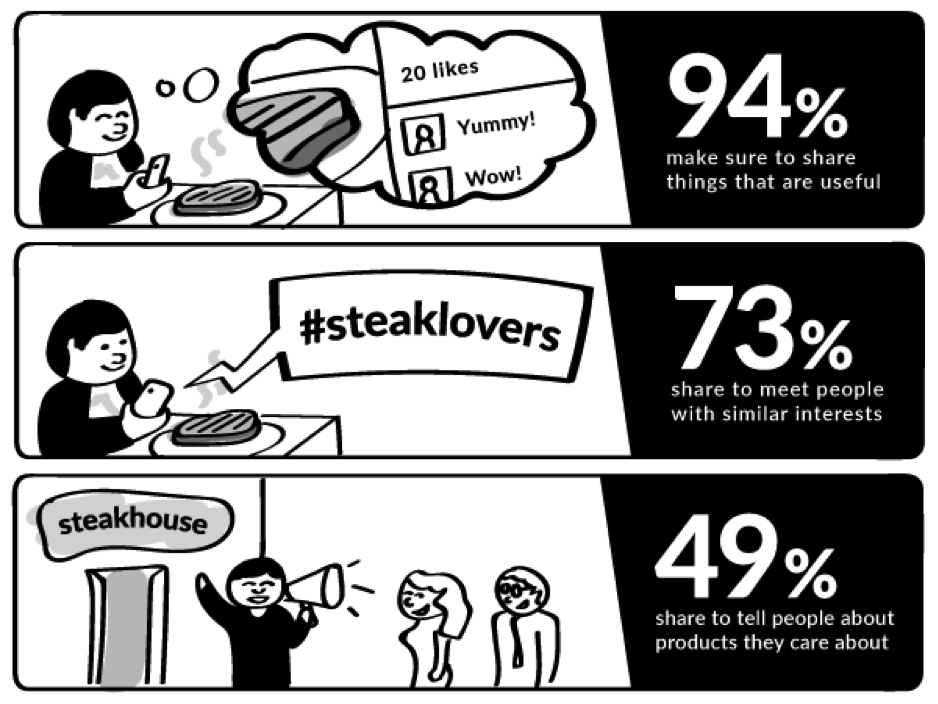
While the reasons for why we share or who we share with vary from person to person, one thing doesn’t change — humans like to share value with our network. If we find something amazing, we want to tell others about it.
This social sharing behavior has a massive commercial impact — a McKinsey study found that word-of-mouth referrals influence up to half of all purchase decisions.
As marketers, knowing how to catalyze this referral behavior can have a massive impact on our business. To do so, we need to to get two components right:
- The Psychology: What makes a product share-worthy? What psychological triggers do we need to hit? How can we hook onto those and amplify them?
- The Technology: How can we use data and technology to simplify the referral process? What barriers can we remove?
Let’s look at a few examples of how this plays out in real-life.
Dropbox
Dropbox is one of the all-time success stories for referral programs, and for good reason. They nailed the balance of psychology and the tech.

The Psychology
They have a product people care about. Dropbox inspires people to share by solving a painful problem. Combine that with a best-in-class product and a delightful user experience, it’s not hard to see why the Dropbox referral program was instrumental in growing their userbase 40X in one year
The Technology
Dropbox provides a textbook example on how to make sharing effortless.
- They make it a no-brainer by incentivizing with value: you and a friend get additional space when you make a successful referral. The product actually becomes more useful when you refer a friend.
- The referral process is a natural part of the product. Every user gets asked to invite their friends to Dropbox, and all they have to do is type in friends’ email addresses. Dead simple.
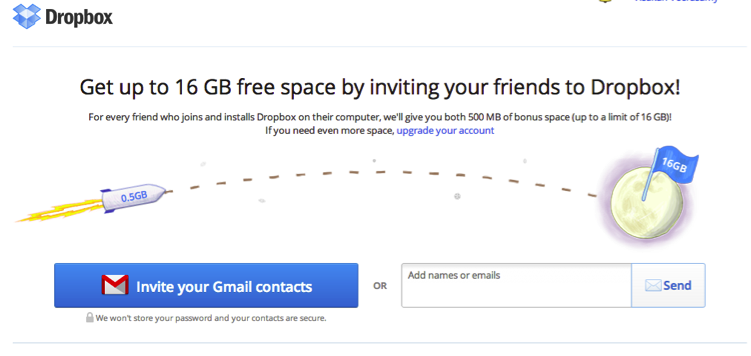
Takeaways
- A referral program alone won’t get users to share your product. Your product has to solve a painful problem that the customer would naturally want to talk about even without the incentive.
- Once you have a great product, make referrals as natural and effortless as possible.
Greats
Greats can be described as the “Warby Parker of men’s footwear” — offering designer footwear at significantly lower prices thanks to an online-only distribution model. 40% of all people who purchase Greats Brand shoes share that purchase decision on a social network.
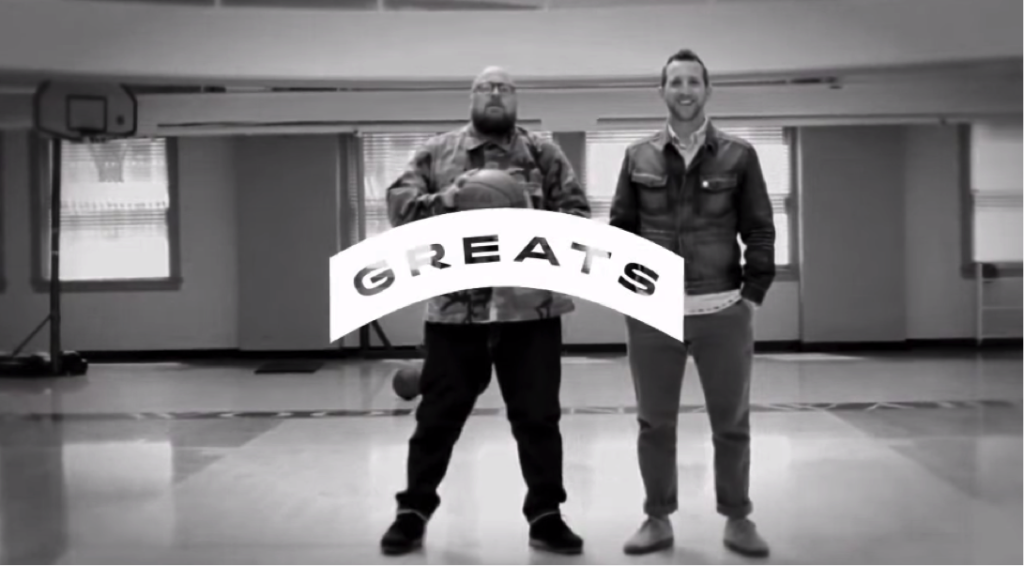
The Psychology
Why are Greats’ customers so willing to share their purchase with friends? This is in part due to the high quality of their shoes; they’re made in the same factories as couture brands like Balenciaga and Lanvin.
The crux is to find something unique to your brand’s story that makes you remarkable. And it doesn’t always have to be about the pedigree of your goods; maybe it’s the quality of service you provide or your ability to beat anyone’s price.
The Technology
What Greats does particularly well is give their referral program so much visibility. Every page on their store has a prompt to refer a friend:
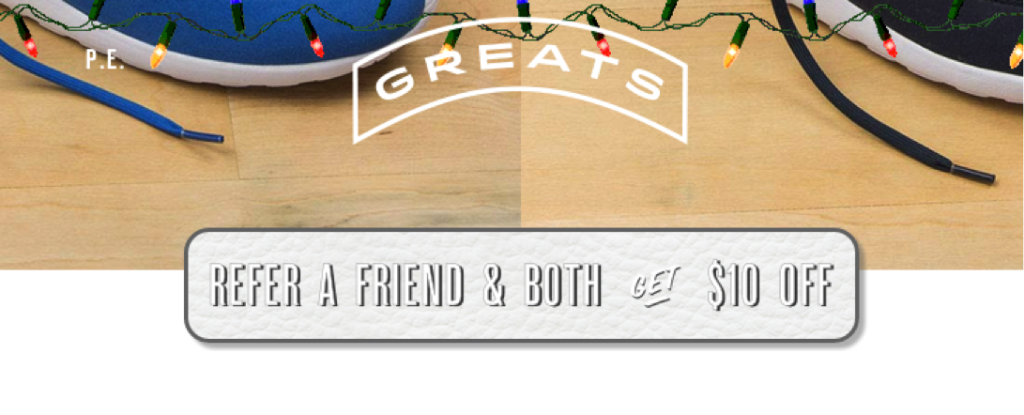
In addition, they’ve made it so that anyone can get a referral bonus. Most ecommerce stores only offer referral incentives to customers, but Greats opens it up to everyone, so that even window shoppers become potential promoters to their store.
Takeaways
- Don’t just give your customers a product worth talking about, give them a story they can get behind.
- Reward everyone who is promoting your brand.
You Need A Budget
You’ll find referrals aren’t limited to industry-changing products like Dropbox, or chic fashion products like Greats shoes. You Need a Budget excels at getting their customers to share how they are using the product to gain financial control.
Lifehacker rated You Need A Budget the best personal finance software, ahead of Mint and Quicken, entrenched competitors with much deeper pockets. You Need A Budget is proof that a product can come late to the party and still succeed, as long as it delivers a best-in-class, share-worthy experience.

The Psychology
You Need a Budget users are, not surprisingly, budget-conscious consumers. The offer at the core of its referral program, an exact dollar amount, is designed to appeal to the spend-thrift and also encourage that person to share You Need a Budget with other spend-thrifts.
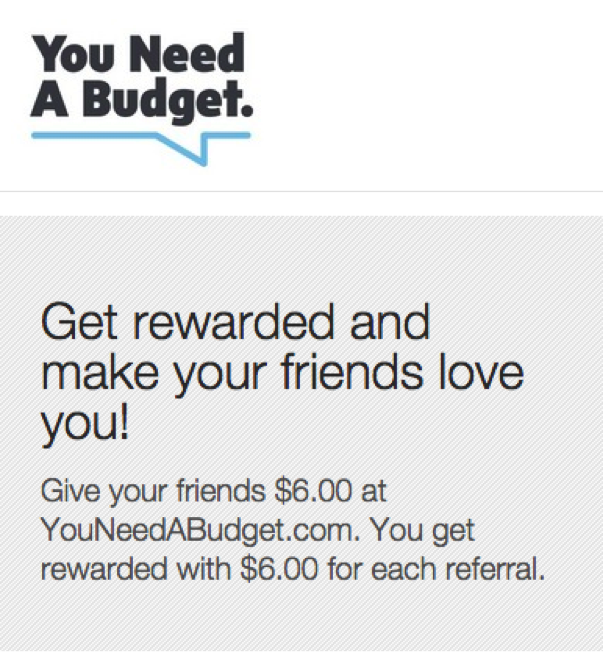
The Technology
Like Dropbox, You Need a Budget makes sharing a standard part of the onboarding process. Every new user gets a unique link that they can use to refer friends.
Takeaways:
- Align your referral incentive with something that intrinsically appeals to your users.
- Build the referral into the onboarding process.
Putting this to work for your business
We started off this post with a man eating a great steak. But a caveman finding an awesome patch of berries would’ve also had the same reaction, wanting to tell his tribe of his discovery.
Getting your customers to share and spread the word about you isn’t just for fancy software or designer shoes — word of mouth referrals have been happening for thousands of years. It’s up to you to leverage this innate human desire and turn it into business growth.
